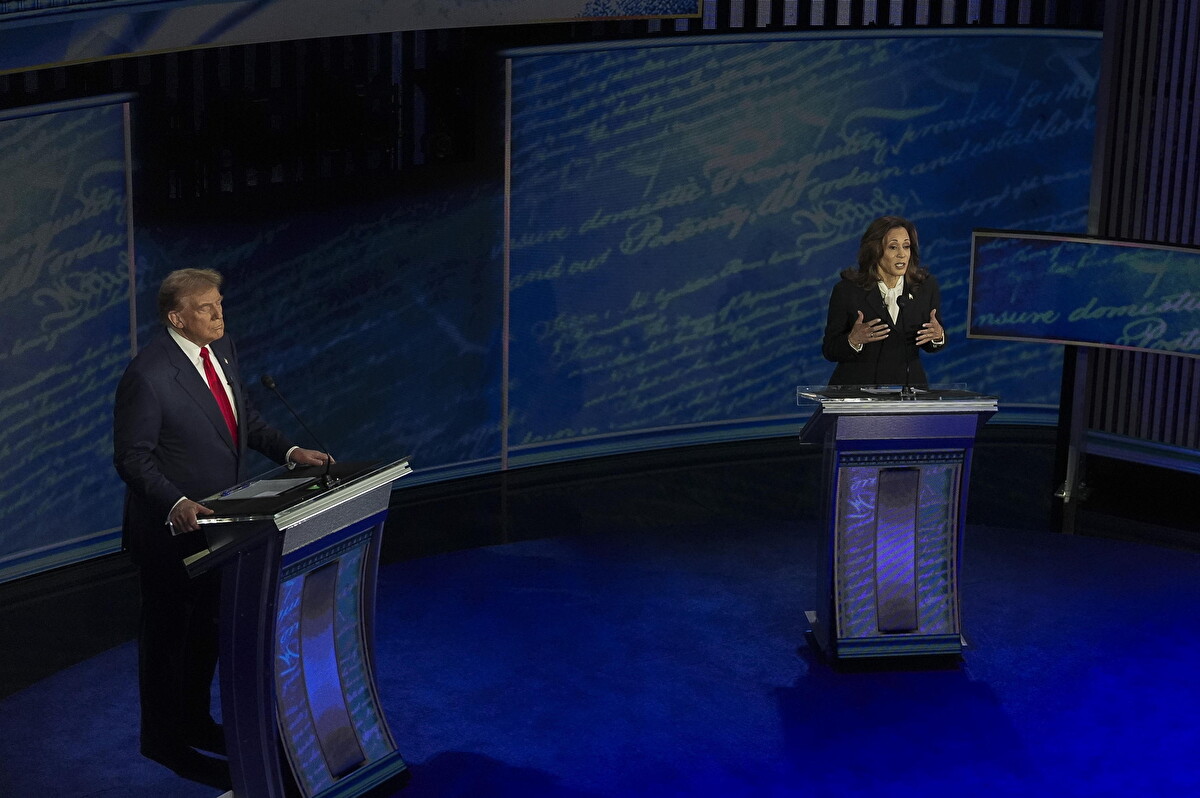A few months after the Supreme Court’s landmark ruling on race-conscious admissions, the impact on student diversity at elite universities is beginning to take shape. Harvard University, long a focal point in the debate over affirmative action, recently released the demographic breakdown for its incoming class, reflecting a significant change in the racial makeup of its student body.
The share of Black or African American students dropped from 18 percent last year to 14 percent this year. The decline was anticipated during the legal battle, where Harvard officials warned that if race could no longer be considered in admissions decisions, diversity would likely suffer. However, the picture is far from uniform across demographics. The percentage of Hispanic or Latino students at Harvard rose slightly, from 14 to 16 percent, while the proportion of Asian students remained steady at 37 percent.
These numbers are part of a larger trend as colleges across the country grapple with the fallout from the Supreme Court’s decision. Decades of legal precedent were overturned, forcing highly selective schools to rethink how they evaluate applicants. The ruling has had ramifications far beyond college admissions, with ripple effects on other programs designed to promote diversity in private companies and government organizations.
At the University of North Carolina, which was also a key player in the affirmative action cases, the proportion of Black students in the incoming class fell from 10.5 percent last year to 7.8 percent this year. Meanwhile, Princeton, Yale, and several other top institutions reported no notable changes in their diversity metrics. The data released by these universities is often incomplete, as many students opted not to disclose their race or ethnicity.
At Columbia University, too, there was a sharp decline in Black and Latino students. The share of Black students fell from 20 percent last year to 12 percent this year, and Latino students dropped from 22 percent to 19 percent. Conversely, the proportion of Asian American or Pacific Islander students increased significantly, rising from 30 to 39 percent. University officials acknowledged that while they could not definitively attribute these changes to the Supreme Court’s ruling, they suspected it played a role.
One of the more notable shifts occurred at Brown University, where the percentage of students from historically underrepresented groups dropped from 27 percent last year to 18 percent this year. Logan Powell, the associate provost for enrollment at Brown, reaffirmed the school’s commitment to diversity, emphasizing the importance of race-neutral strategies to continue attracting diverse students. He promised new efforts aimed at expanding partnerships and recruitment to achieve a more inclusive class in the future.
While the full impact of the ruling on diversity in higher education will take time to assess, early indications suggest that it has already reshaped the admissions landscape. For many universities, the challenge will be finding new ways to maintain diverse student bodies without the tools they once relied upon. Harvard’s class of 2028, for instance, saw an increase in the number of students who chose not to disclose their race or ethnicity, further complicating the picture.












